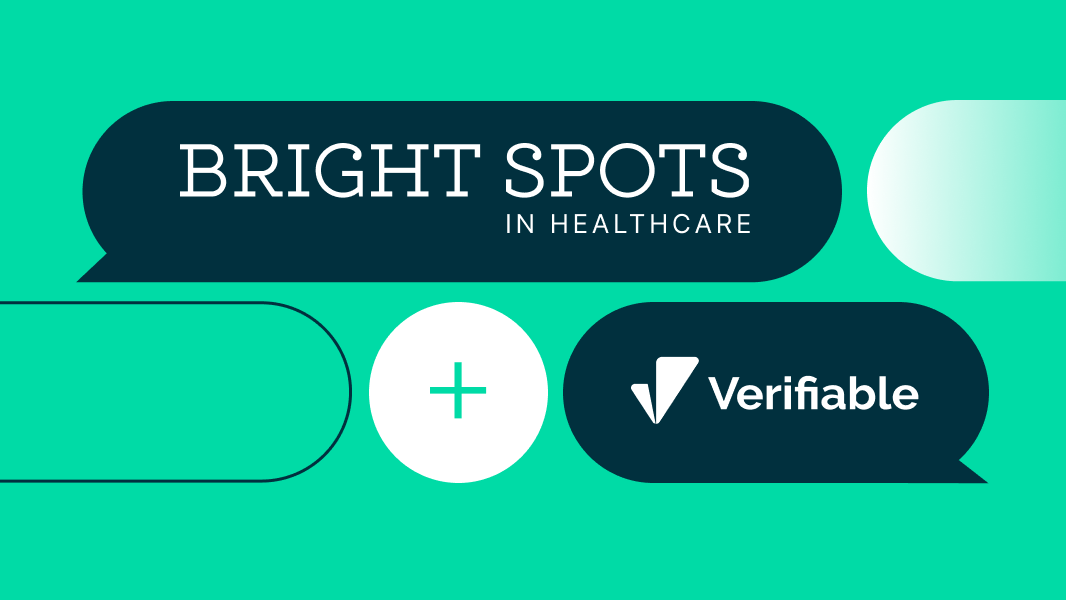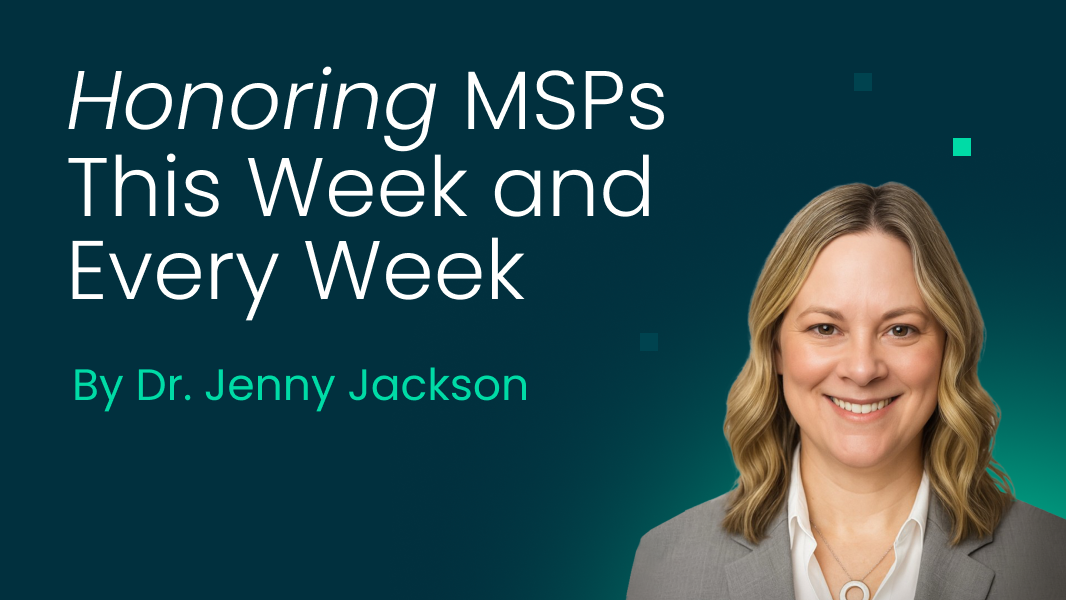Clunky spreadsheets, manual data entry, and siloed departments with Excel wastelands. If this sounds like your healthcare org, you’re not alone. Healthcare organizations, big and small, house a lot of data. Without the right technology, it’s impossible to optimally process and consolidate this data across various teams and platforms.
Blanketly, there is a lack of data centralization within healthcare systems. Many organizations operate with multiple data repositories in different departments which makes transparency difficult. This creates issues with data sharing, accuracy, and even compliance.
The good news: provider data consolidation is more manageable than ever. And it’s only getting better.
Read on as we break down why data transparency across payers and providers is so important, share the benefits of provider data consolidation, and walk through how data unification can be rolled out (with relative ease).
Provider Data Transparency and Centralization = Increased Efficiency
First things first: different departments within a healthcare organization, whether provider or payer, should not gather provider data separately. Let that sink in for a sec.
When different departments independently gather provider data, there is not just a duplication of efforts and resources, but also greater inconsistencies. A centralized data system eliminates margin for error and also makes administrative life a whole lot easier (exhibit: provider re-credentialing and ongoing primary source verifications).
Much of the provider data required across departments is collected during contracting and in the medical credentialing process. When this data is properly collected and centrally stored, it can be self-served amongst administrators, like medical credentialing specialists, and reused across departments and use cases.
Centralized data paired with the right software integrations (which we’ll touch on shortly), is when administrative efficiencies are officially unlocked.
5 Ways Provider Data Consolidation Delivers ROI
Reduced Errors from Data Entry
Fragmented data-gathering practices compromise data integrity. Inconsistencies and discrepancies may arise when multiple versions of the same data are collected independently, leading to confusion.
Consolidating provider data means a significant reduction in errors. When data is scattered across multiple systems or stored in disparate formats, like manually-entered spreadsheets, inaccuracies and errors are inevitable. By centralizing provider data within one database, organizations can improve data quality, make universal changes, and avoid costly downstream errors.
Convenience for Providers
When different departments gather data separately, it often leads to redundant processes and a lack of collaboration. This duplication of efforts not only wastes valuable time and resources, but is inconvenient and unscalable.
Consolidating provider data streamlines the process for healthcare providers, reducing their administrative burden. With all necessary information stored in one centralized location, providers no longer need to repeatedly provide the same data to different departments. If your organization has a delegation agreement with payer organizations this data can also be used for provider enrollment, getting providers into insurance networks much faster. When it comes to provider recruitment and enrollment, offering faster, tech-enabled medical credentialing is an overlooked selling point.
When a healthcare organization can credential just once and move through the process quickly, and then set automated monitoring, providers have reduced barriers to entry. This improves provider satisfaction, minimizes payer and provider revenue disruption, and is a pull for attracting new providers.
Better Security and Easier Compliance
A centralized data collection and platform is more secure due to wider adoption, stringent access controls, encryption protocols, and comprehensive monitoring systems. This ensures greater compliance with healthcare data protection regulations such as HIPAA.
Gathering data independently across departments can pose compliance risks for healthcare organizations. Inconsistent data collection practices may lead to non-compliance with regulatory requirements, exposing the organization to potential penalties and legal liabilities, not to mention, security breaches from hackers that could have wide-reaching consequences.
Provider data consolidation simplifies primary source verification, medical credentialing, and other processes by providing a single repository for information. Organizations can easily verify compliance requirements by accessing centralized data, reducing the risk of non-compliance with more reliable credentialing, enrollment, licensing, and monitoring.
Data centralization with the right tech may allow you to drop your CVO in favor of internal credentialing and enrollment. Check out the benefits!
Cost Savings on Technology
Operating multiple systems and databases to manage provider data is costly for healthcare organizations. By consolidating data under one tool and platform, organizations can see significant cost savings on technology expenses. With fewer systems to maintain and support, organizations can redirect expenses toward strategic initiatives that drive value.
Create One Source of Truth
Failure to centralize data collected during contracting and credentialing processes hampers the organization's ability to have a single source of truth. Centralized data management facilitates easier access to accurate and up-to-date information, enabling better management and streamlined operations. This impacts all departments, and aids in wider organization-wide decision making and actions.
Chances are your healthcare organization is already using a connected platform, such as Salesforce. With the right provider data enhancing software integrations, data can be not just centralized, but harnessed to streamline admin functions, like physician credentialing.
Rolling Out Provider Transparency and Centralization with Salesforce + Verifiable
We can all agree that provider data transparency and consolidation is highly beneficial for healthcare organizations. But the real question is: how? It can feel like a gargantuan lift, but it doesn’t have to.
If your healthcare organization already leverages Salesforce, unifying provider data to unlock credentialing and administrative greatness isn’t far off. When it comes to consolidating provider data under one unified tool and database, Salesforce is an ideal solution. With robust capabilities and a user-friendly interface, Salesforce is designed to handle large bodies of data and make it easily accessible to multiple departments across the organization.
And when Salesforce is paired with Verifiable, magic happens.
Kyle Mey, former Head of Partnerships & Alliances at Verifiable, explains, “It’s like peanut butter and jelly—they’re better together.” With Salesforce’s connected health cloud platform and Verifiable’s data automation that simplify countless administrative processes, your healthcare data is ready to work across departments.
Essentially, Verifiable seamlessly integrates with Salesforce to unlock idle provider data.
Verifiable's no-code app can be deployed across various Salesforce cloud platforms, providing flexibility for organizations to manage provider data. This enables primary source verifications and credentialing to be automated, enhancing operational efficiency and compliance. It’s a total win-win.
TL;DR: ROI of Provider Data Transparency
- Reduced Errors: Centralizing provider data reduces errors caused by fragmented data-gathering practices and scattered information, improving provider data integrity and avoiding downstream claims errors.
- Convenience: Consolidating provider data streamlines processes, reduces administrative burden, and improves provider satisfaction by eliminating offering faster physician credentialing and provider enrollment.
- Better Security and Compliance: Centralized data collection enhances security, ensures compliance with regulations like HIPAA, and reduces the risk of non-compliance and legal liabilities.
- Cost Savings: Consolidating data under one platform leads to significant cost savings on technology expenses by reducing the number of systems to maintain and support.
- One Source of Truth: Centralized data management facilitates easier access to accurate and up-to-date information, enabling better management, streamlined operations, and organization-wide decision-making.
Embracing provider data transparency and centralization, with tools like Verifiable, modernizes operations for healthcare organizations. By baking in provider data transparency and improving data centralization across departments, medical credentialing processes are optimized, data integrity is improved, and efficiency can accelerate your organization’s strategy.

.svg)




